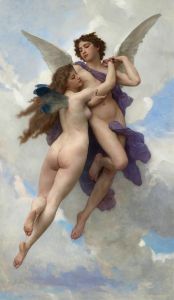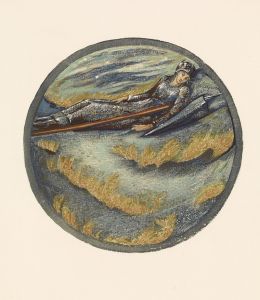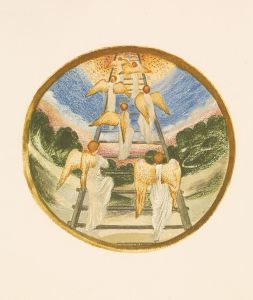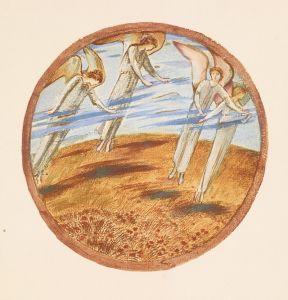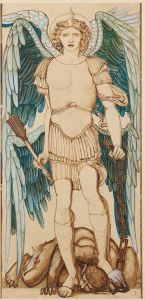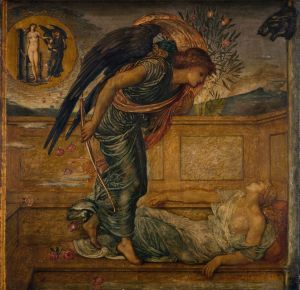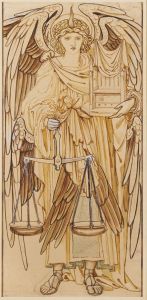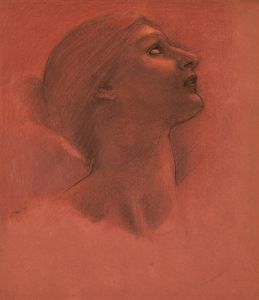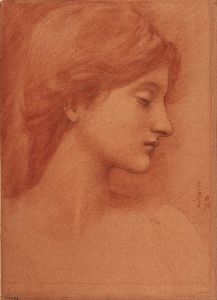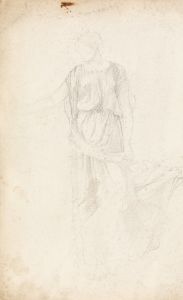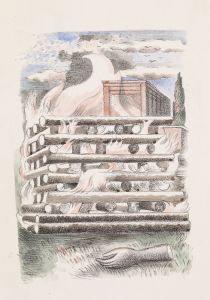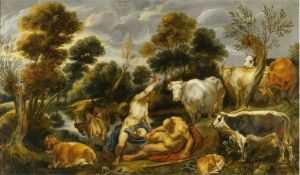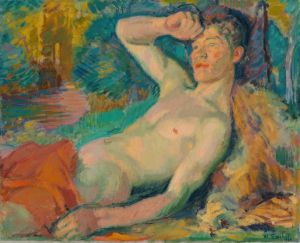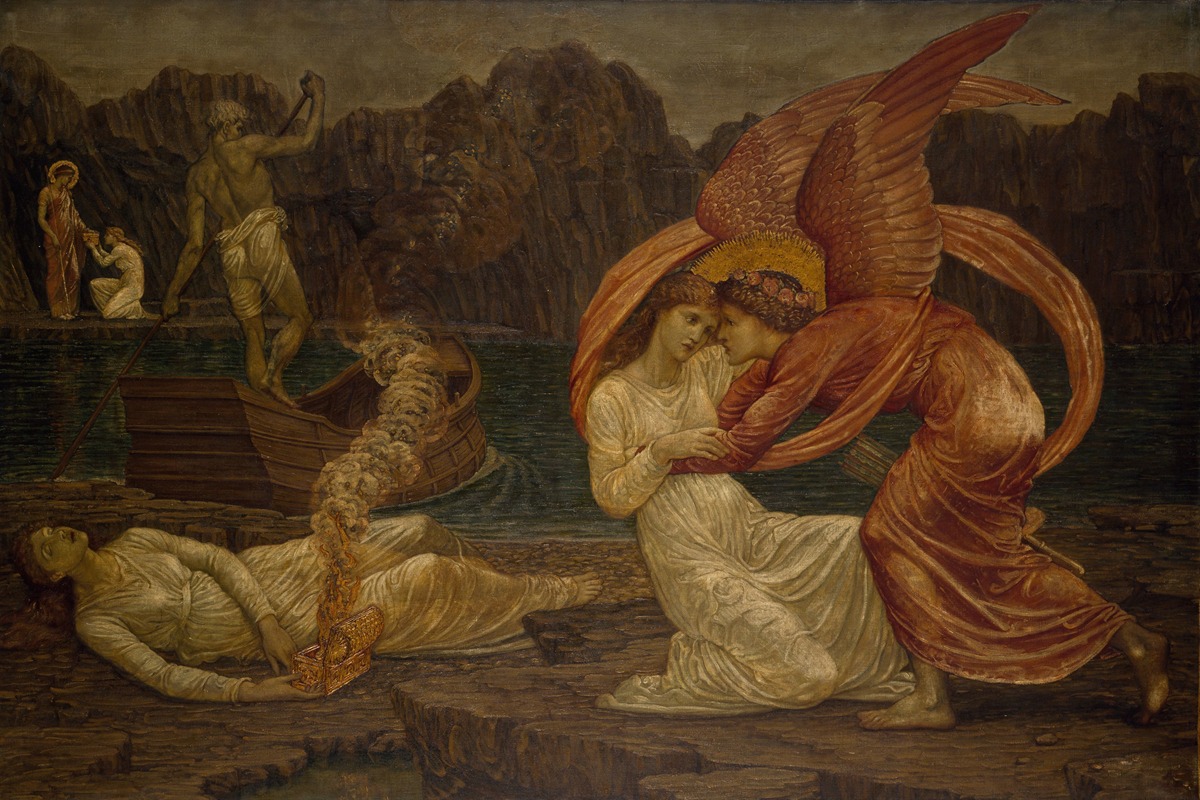
Psyche receiving the Casket from Proserpine
A hand-painted replica of Sir Edward Coley Burne-Jones’s masterpiece Psyche receiving the Casket from Proserpine, meticulously crafted by professional artists to capture the true essence of the original. Each piece is created with museum-quality canvas and rare mineral pigments, carefully painted by experienced artists with delicate brushstrokes and rich, layered colors to perfectly recreate the texture of the original artwork. Unlike machine-printed reproductions, this hand-painted version brings the painting to life, infused with the artist’s emotions and skill in every stroke. Whether for personal collection or home decoration, it instantly elevates the artistic atmosphere of any space.
Psyche Receiving the Casket from Proserpine is a painting by the British artist Sir Edward Coley Burne-Jones, a prominent figure in the Pre-Raphaelite movement. The artwork was created between 1867 and 1872 and is part of a series of works inspired by the mythological tale of Cupid and Psyche, as recounted in The Golden Ass by the Roman writer Apuleius. This particular painting depicts a pivotal moment in Psyche's journey, where she receives a casket from Proserpine (Persephone), the queen of the underworld.
The story of Cupid and Psyche is a classical myth that symbolizes the trials of the soul (Psyche) in its quest for love and union with the divine (Cupid). In this scene, Psyche is tasked by Venus (Aphrodite) with descending into the underworld to retrieve a casket containing a fragment of Proserpine's beauty. The task is fraught with danger, but Psyche's courage and determination allow her to succeed. Burne-Jones captures the solemnity and otherworldly atmosphere of this moment with his characteristic attention to detail and use of symbolic imagery.
The painting reflects Burne-Jones's fascination with classical mythology and his meticulous approach to composition and design. It is executed in oil on canvas and showcases the artist's signature style, which combines elements of medievalism, romanticism, and an ethereal aesthetic. The figures are elongated and graceful, and the setting is imbued with a dreamlike quality, emphasizing the mythological and allegorical nature of the subject.
Burne-Jones was heavily influenced by the Italian Renaissance, particularly the works of Botticelli, as well as the ideals of the Pre-Raphaelite Brotherhood, which sought to revive the detail, color, and complexity of early Renaissance art. His works often explore themes of love, beauty, and spirituality, and Psyche Receiving the Casket from Proserpine is no exception.
The painting is part of a larger series that Burne-Jones worked on over several years, illustrating various episodes from the Cupid and Psyche myth. These works were highly regarded during his lifetime and remain celebrated examples of 19th-century British art. Today, Psyche Receiving the Casket from Proserpine is housed in the Birmingham Museum and Art Gallery in Birmingham, England, where it is displayed alongside other works by Burne-Jones.
This painting is a testament to Burne-Jones's ability to translate ancient myths into visually compelling narratives, blending classical themes with the romantic sensibilities of the Victorian era.





